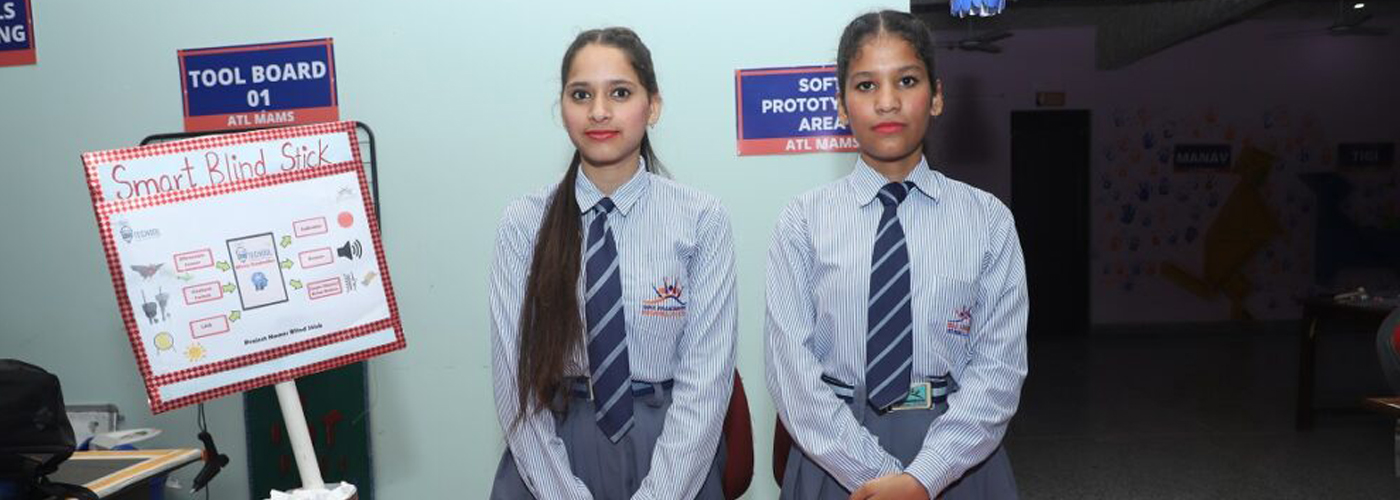“People say, ‘you can’t do science unless you know how to read and write.’ At MAMS, we believe, you can learn to read and write by doing science, but that’s not well understood. In science, we learn about the process of going from evidence to observation to conclusion. Science activities in the early grades are what lay the groundwork for students’ understanding of the subject, and we’re talking about hands-on lab experiments, and experiential learning through field visits, not just reading dull textbooks. The hands-on investigation through laboratory experimentation is the best way to introduce students to scientific inquiry-based learning, the process of asking questions and conducting experiments as a way to understand
the natural world, which is the foundation of our science education.


